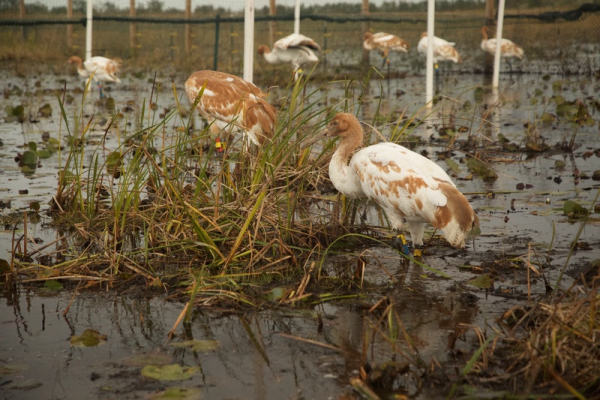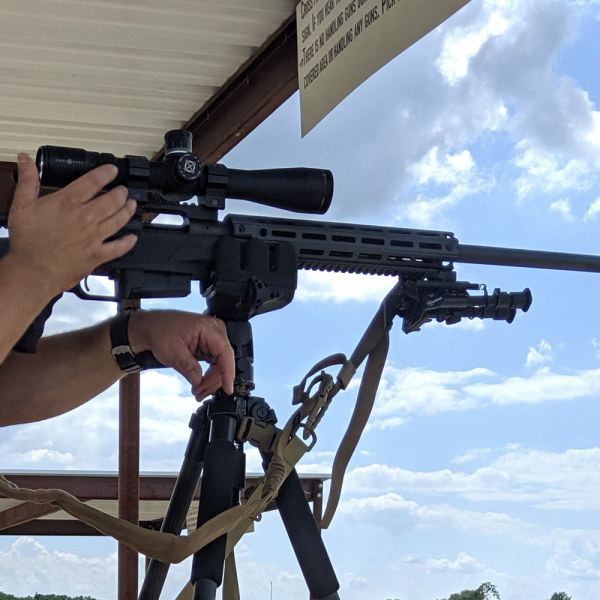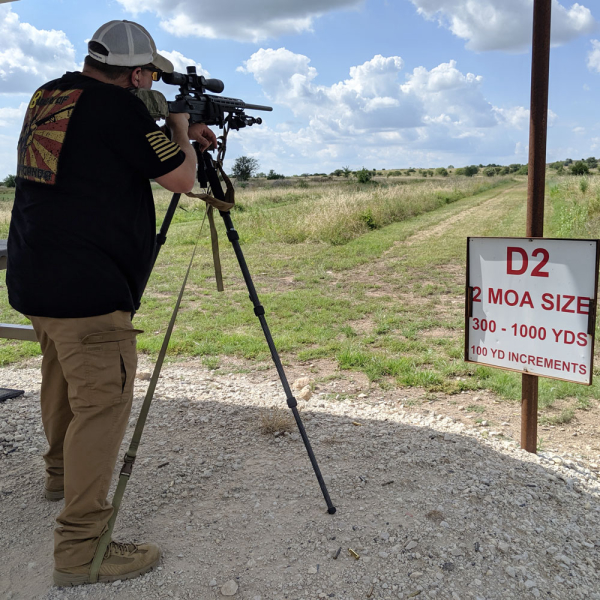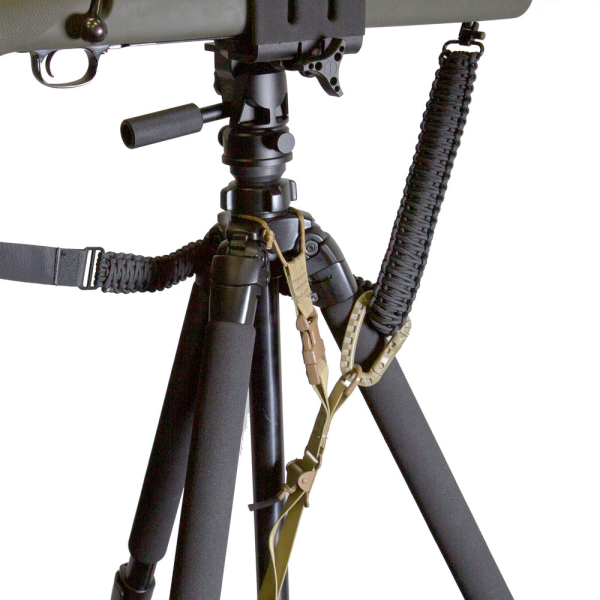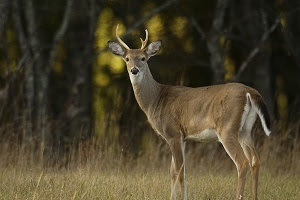Michigan: celebrate the holidays at Tawas Point Lighthouse on Nov. 30
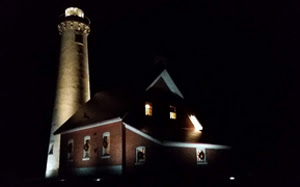
Join the Friends of Tawas Point Lighthouse and State Park at their free annual “Christmas at the Lighthouse” event on Saturday, Nov. 30 from 11 a.m. – 4 p.m.
The lighthouse will be decked out in holiday finery for self-guided tours. Take a special climb up the spiral steps to the tower’s lantern room for a unique winter perspective of Tawas, Tawas Bay, Lake Huron and the ever-changing Tawas Point.
The decorations include a tree adorned with ornaments like the ones used each year by the lighthouse keepers and their families, as well as a very special Santa Claus collection that will delight all ages.
Although there is no cost to tour the lighthouse this day, donations are welcomed to assist with special projects, such as the historical Oil House restoration, brick paver pathway project and native planting garden.
You can also support the Friends by purchasing unique holiday cards, note cards and prints that feature the lighthouse during the holidays and winter season.
 |
For members of the Friends of Tawas Point Lighthouse and State Park, there will be a special candlelight “Christmas at the Light” event from 4 – 6 p.m., which includes tours of the second-floor lighthouse keeper quarters.
Not a Friends member yet? Members would love to share with you the benefits of being involved with their award-winning Friends organization. You can support the lighthouse and state park activities as it fits your time schedule and interests, with a variety of membership levels and prices to meet your needs. Friends can take advantage of members-only events, regular meetings and opportunities to care for and raise funds for the lighthouse museum and state park. Read more

